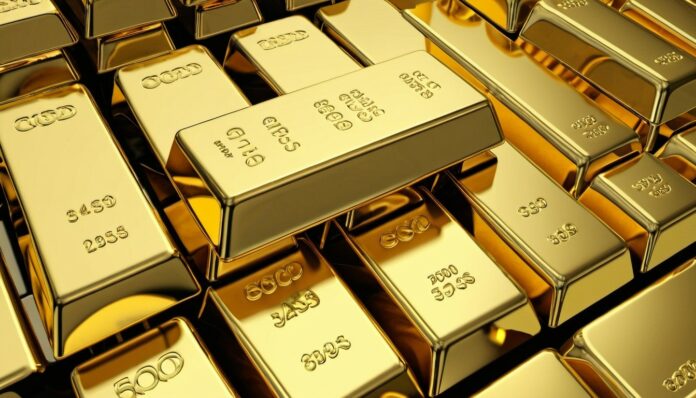Gold is a precious metal that has fascinated people for thousands of years. It’s known for its bright yellow color, rarity, and the fact that it doesn’t tarnish or corrode easily. Gold has been used for currency, jewelry, and various industrial applications.
Its unique properties make it valuable and highly sought after. From ancient treasures to modern investments, gold continues to be a symbol of wealth and beauty.
Interesting Facts About Gold
- Gold is one of the heaviest metals, with a density of 19.3 grams per cubic centimeter.
- Gold is highly malleable and can be hammered into thin sheets, even just a few atoms thick.
- It is also ductile, meaning it can be drawn into thin wires.
- Gold is a good conductor of electricity and is used in electronics.
- Pure gold is 24 karats; anything less has been mixed with other metals.
- The chemical symbol for gold is Au, from the Latin word “aurum,” meaning “shining dawn.”
- Gold is often alloyed with other metals like copper and silver to increase its strength.
- The largest gold nugget ever found is the “Welcome Stranger,” discovered in Australia in 1869, weighing over 200 pounds.
- Gold is relatively scarce in the Earth’s crust, making up about 0.0001%.
- Oceans contain tiny amounts of gold, estimated at about 20 million tons.
- The first known gold coins were minted in the 6th century BC in Lydia, now part of Turkey.
- Gold has been used in dentistry for over 3,000 years.
- The purity of gold is measured in carats, with 24 carats being pure gold.
- Gold does not tarnish or corrode, making it ideal for jewelry and artifacts.
- The largest producers of gold are China, Australia, and Russia.
- Gold is used in aerospace technology to coat spacecraft and astronauts’ visors.
- The Olympic gold medals are not made of pure gold; they are mostly silver with a gold coating.
- Gold leaf is used in art, architecture, and food decoration.
- The U.S. holds the largest gold reserves, followed by Germany and the International Monetary Fund.
- Gold has been found on every continent on Earth.
- The word “gold” comes from the Old English word “geolu,” meaning yellow.
- Alchemists throughout history tried to turn base metals into gold, a process known as chrysopoeia.
- Gold is often found in quartz veins and alluvial deposits.
- The human body contains trace amounts of gold, about 0.2 milligrams.
- Gold is considered a safe-haven investment during economic uncertainty.
- The Gold Standard was a monetary system where currencies were directly tied to gold.
- India is one of the largest consumers of gold, particularly for jewelry.
- Fort Knox in Kentucky is one of the most famous gold storage facilities in the world.
- Gold can be recycled indefinitely without losing its properties.
- Gold nanoparticles are used in medical treatments and diagnostics, including cancer therapies.
